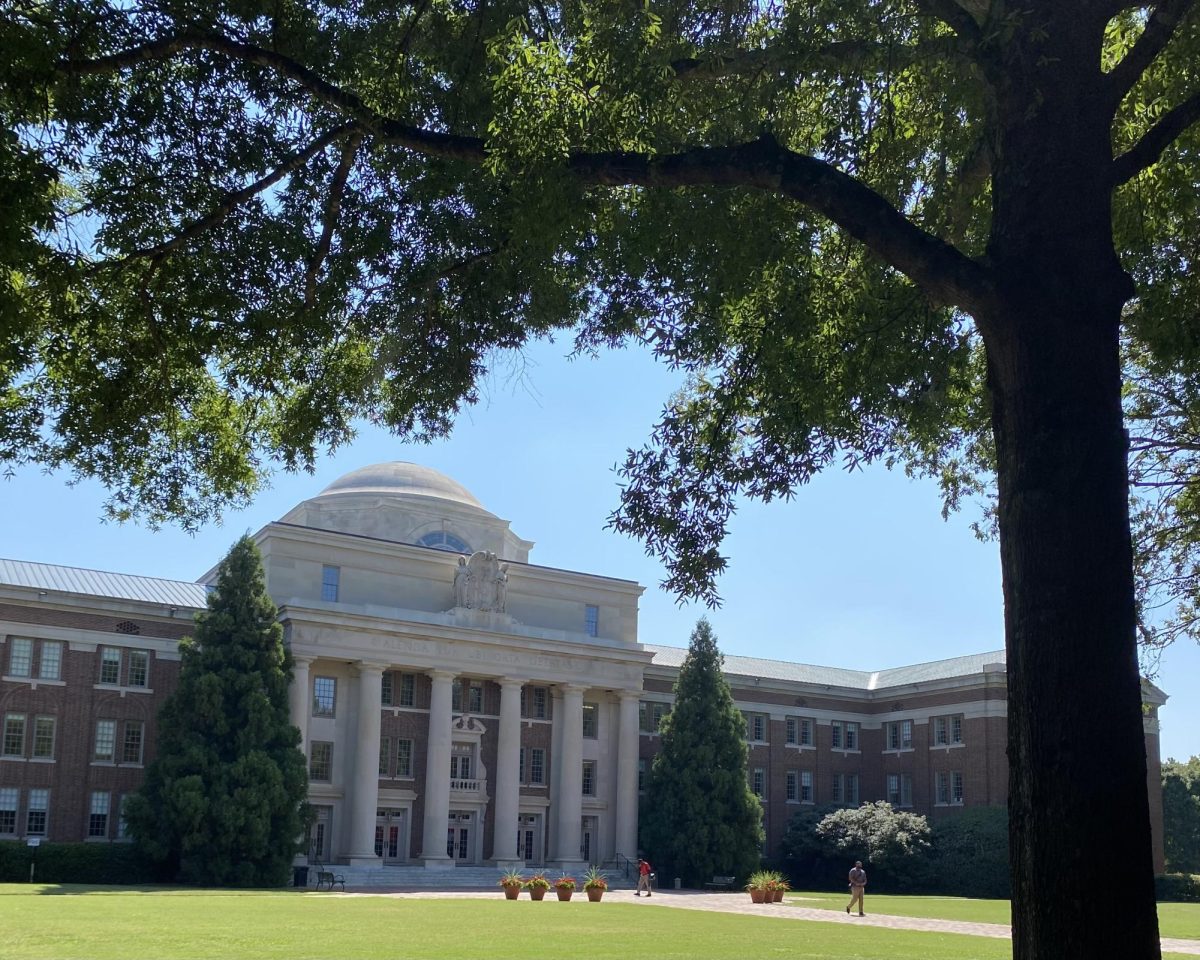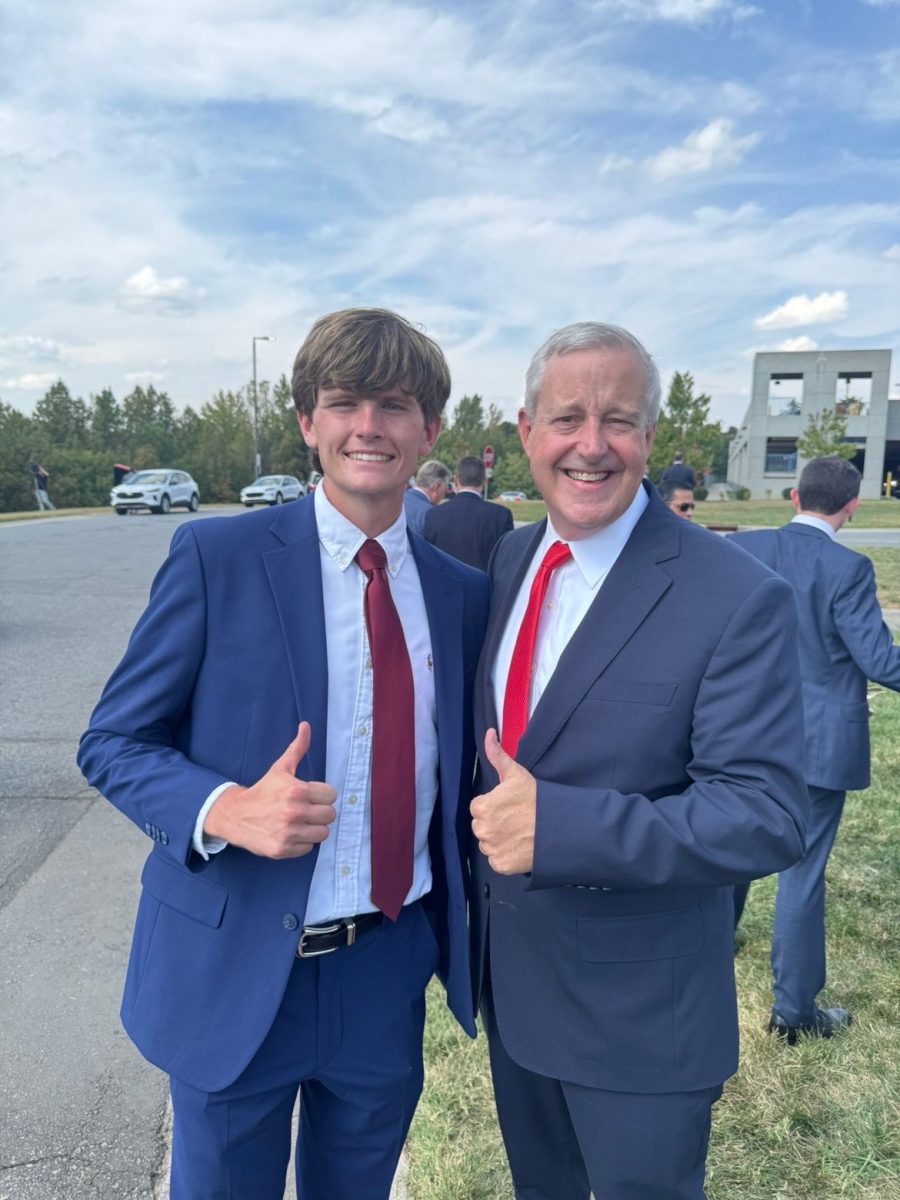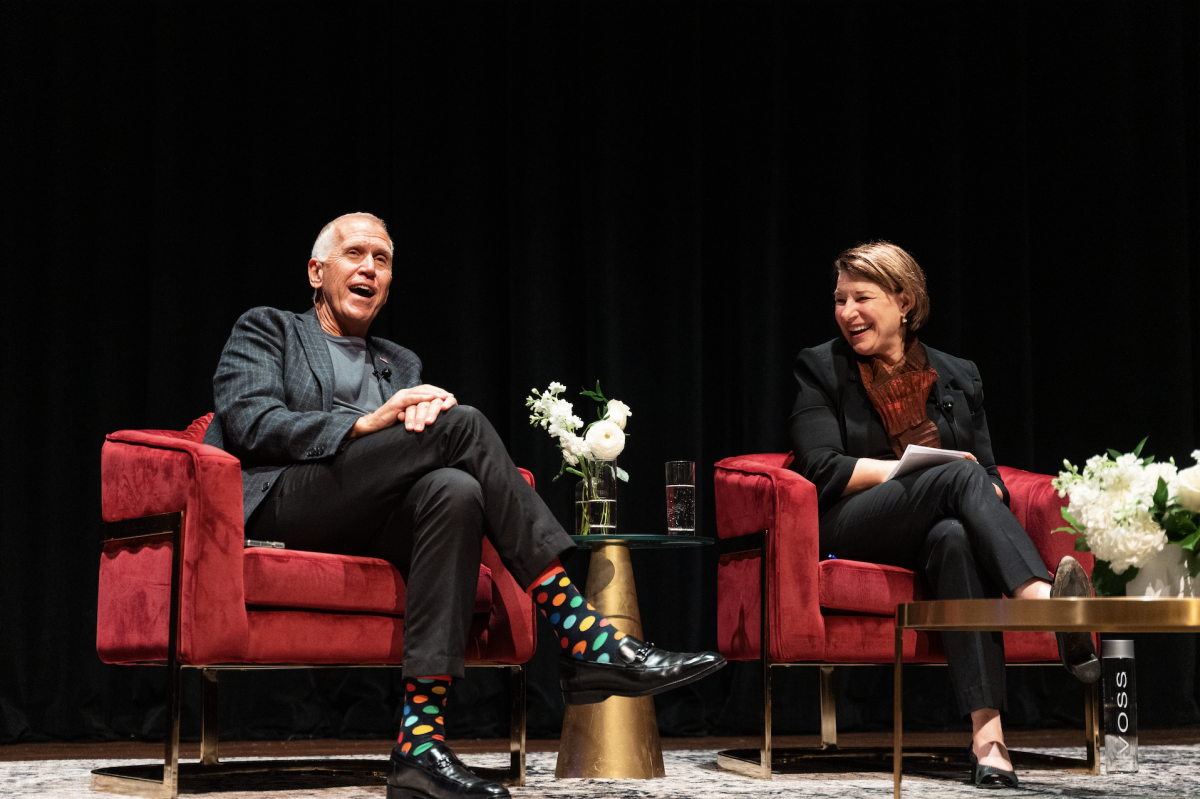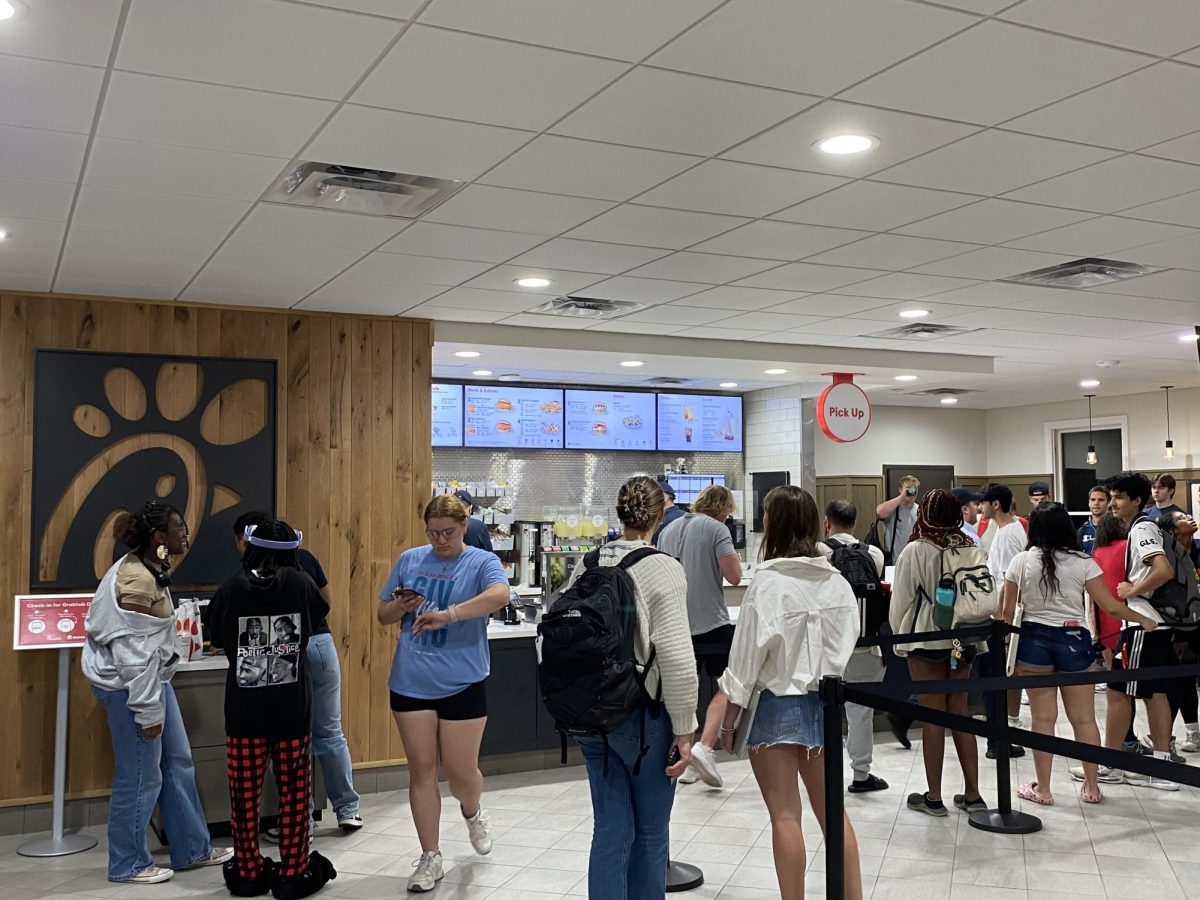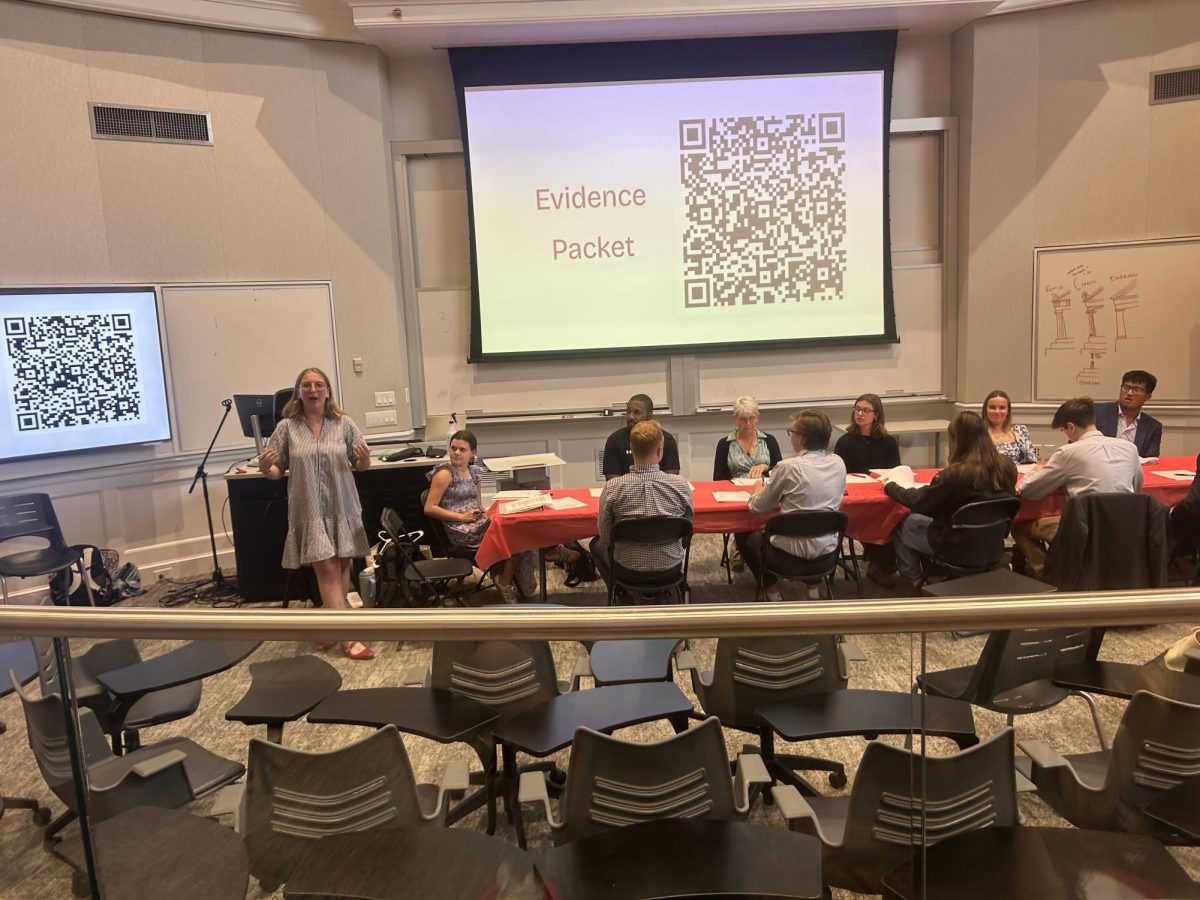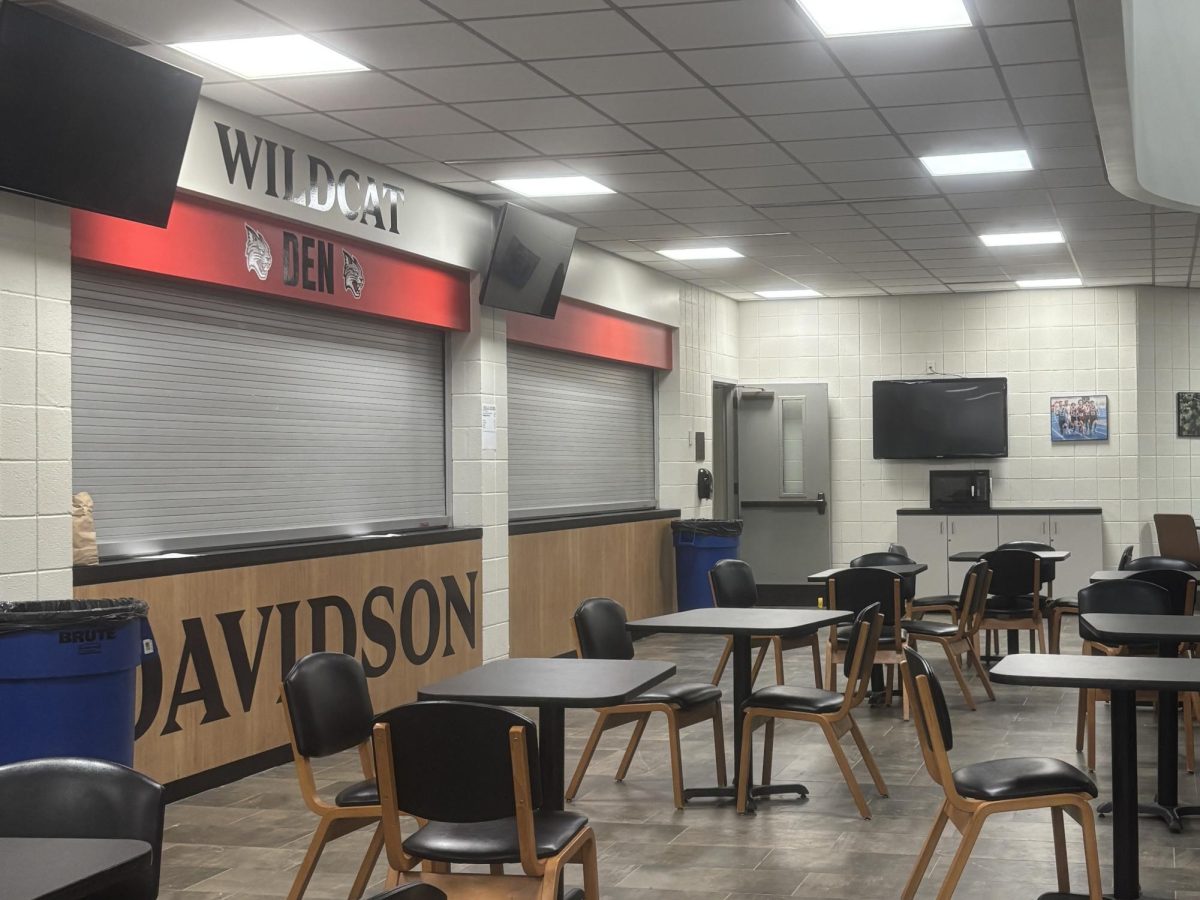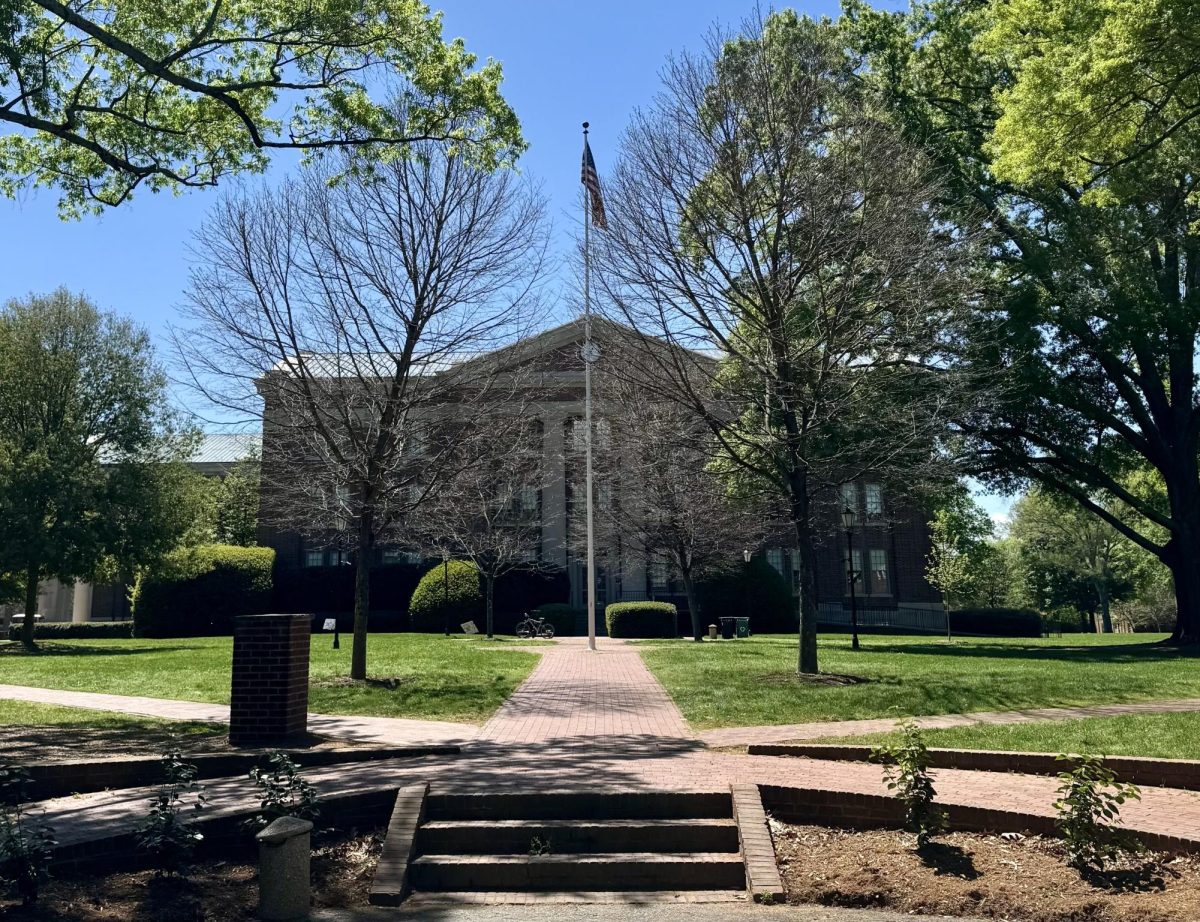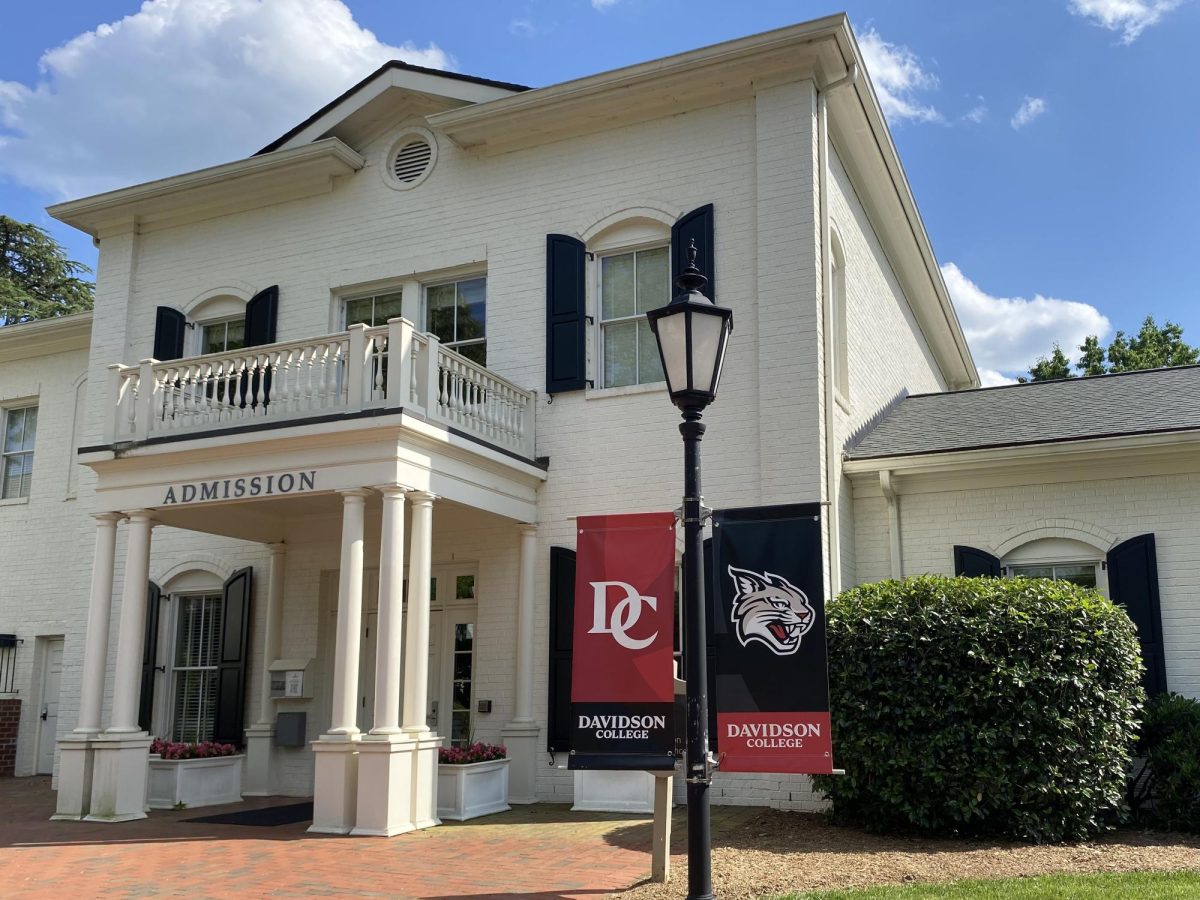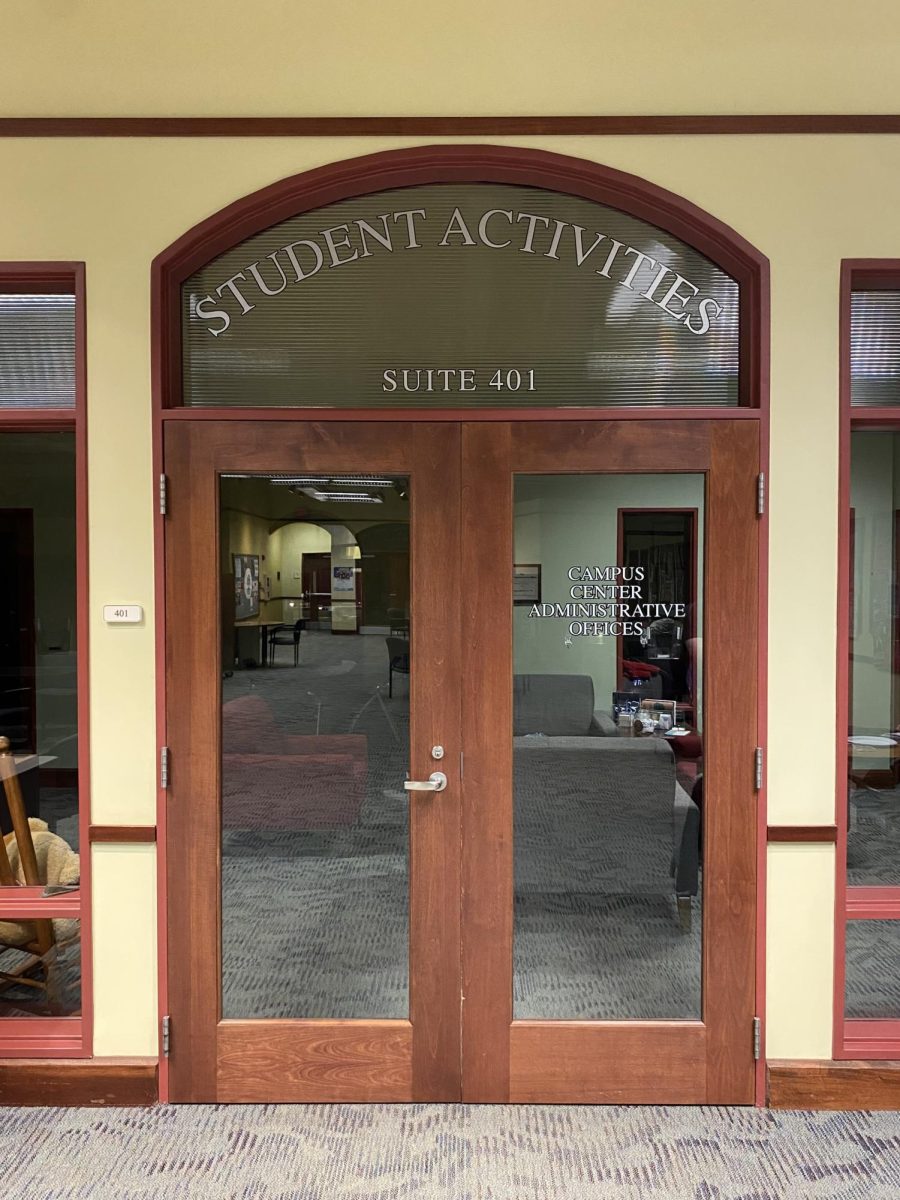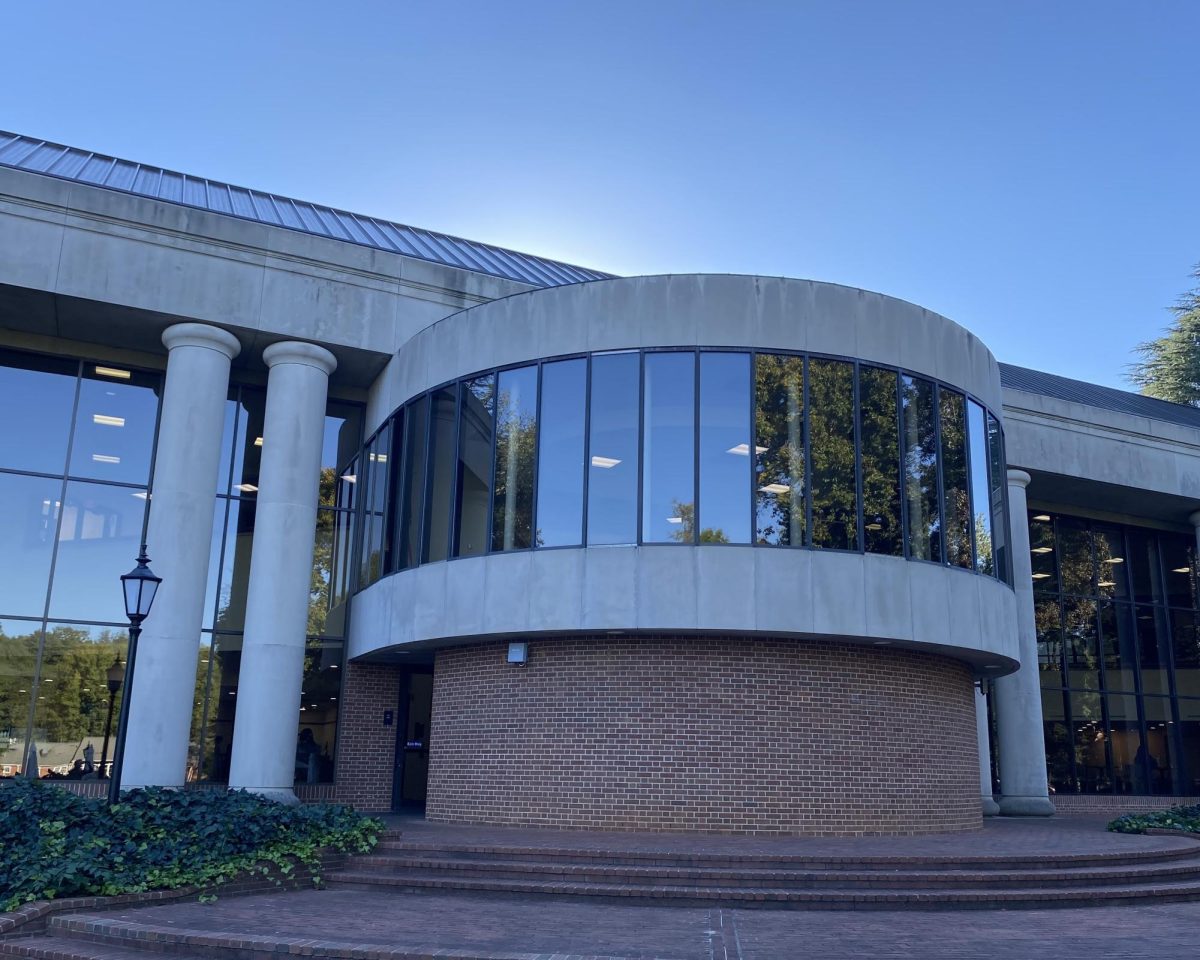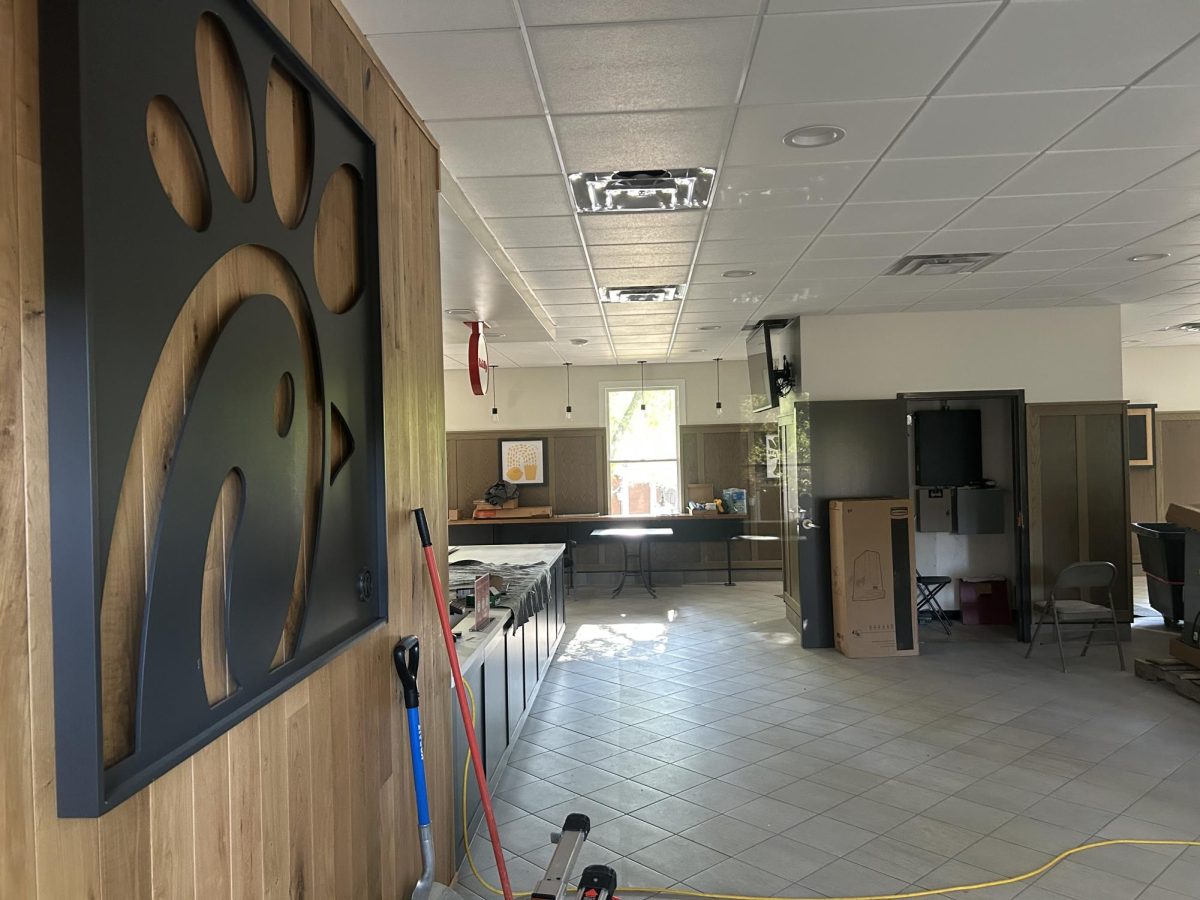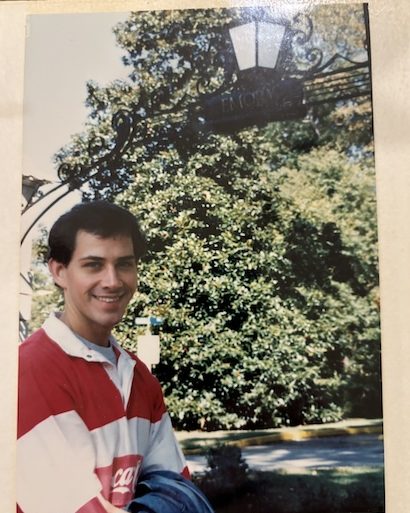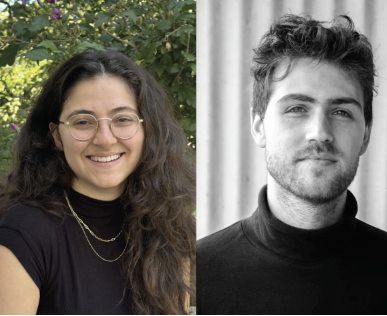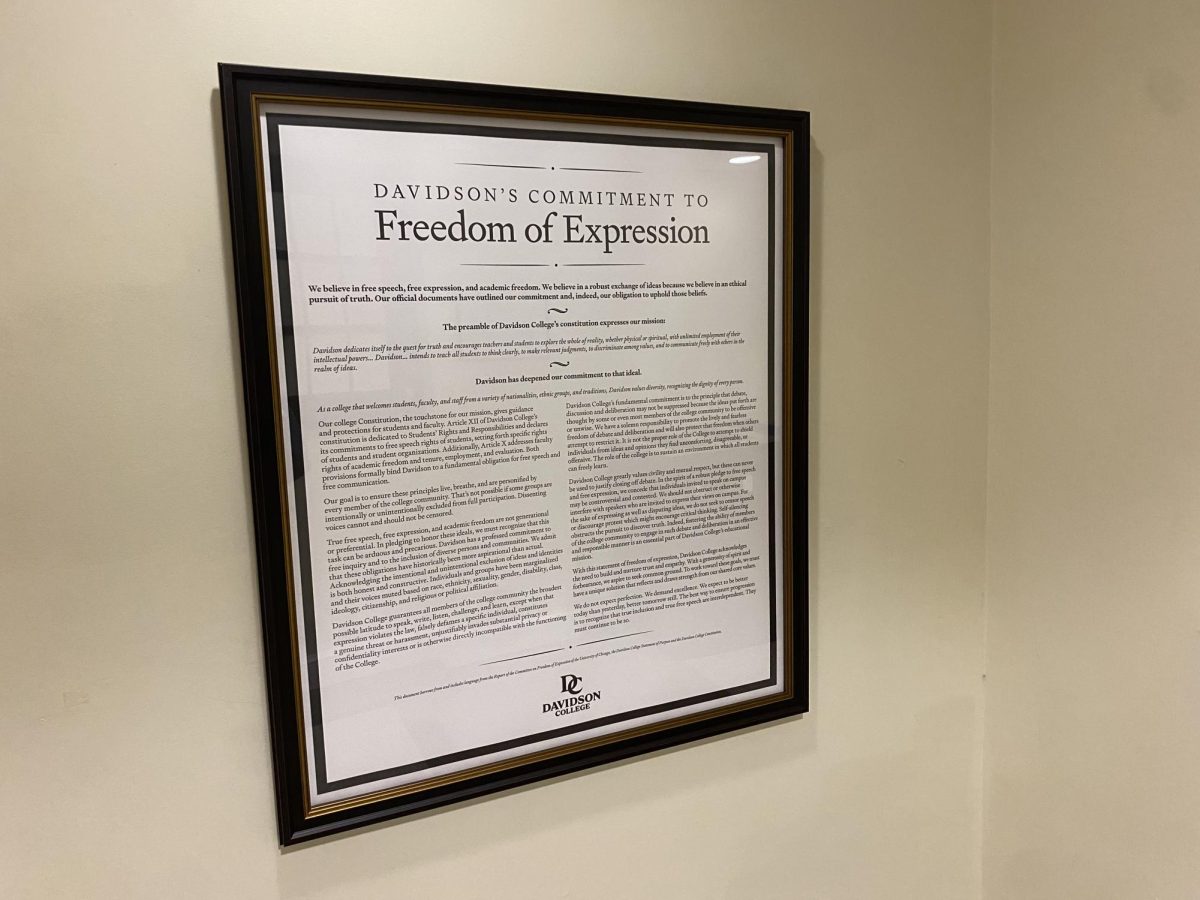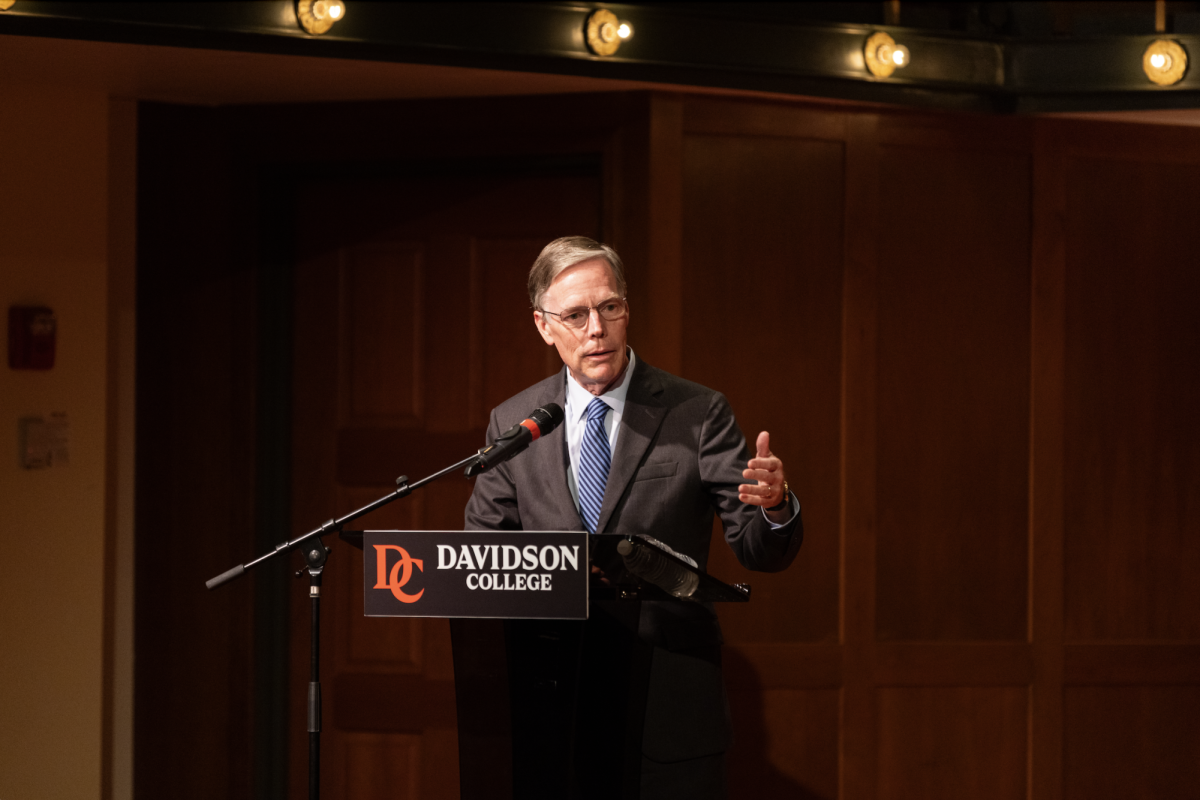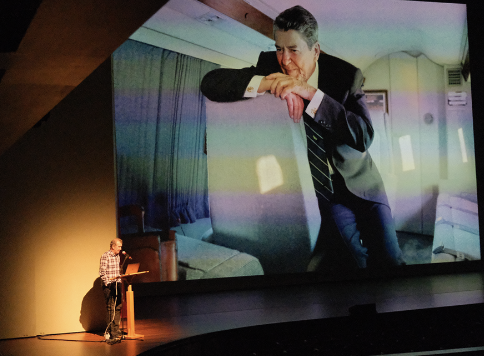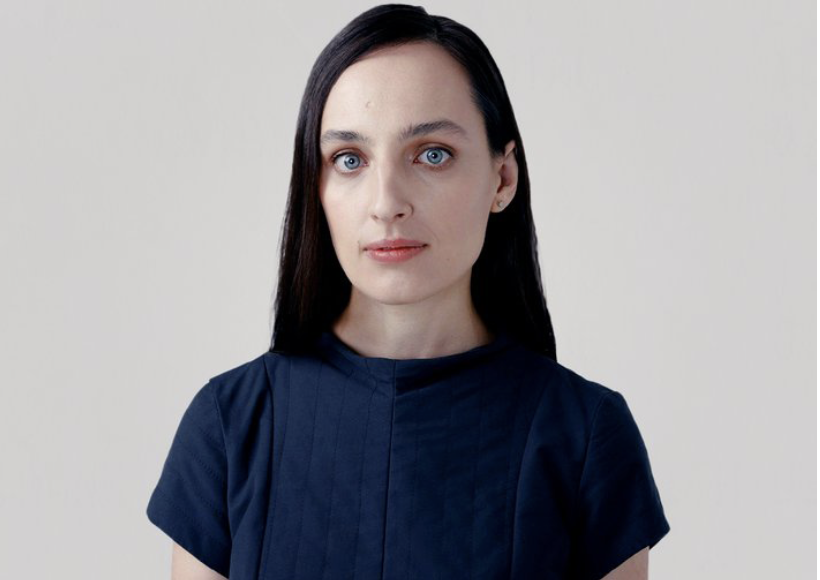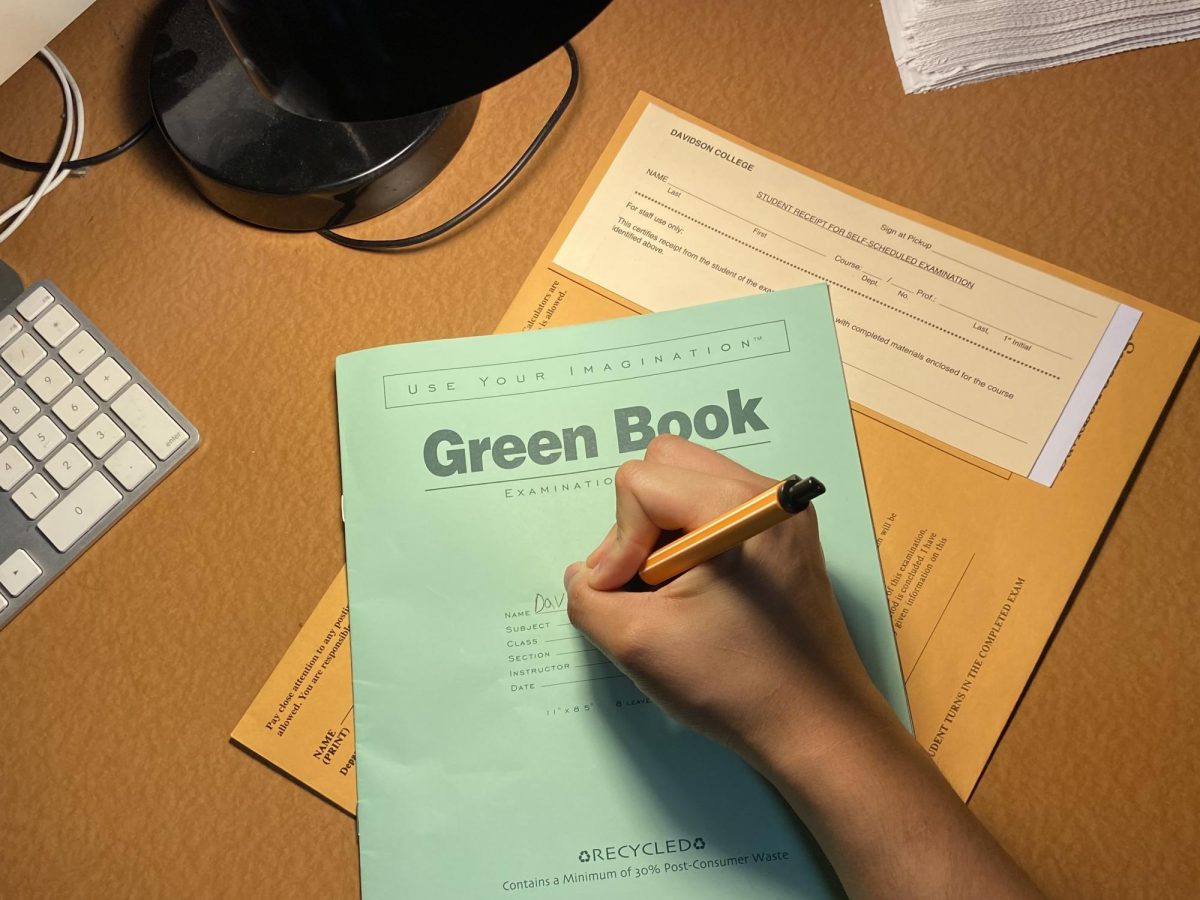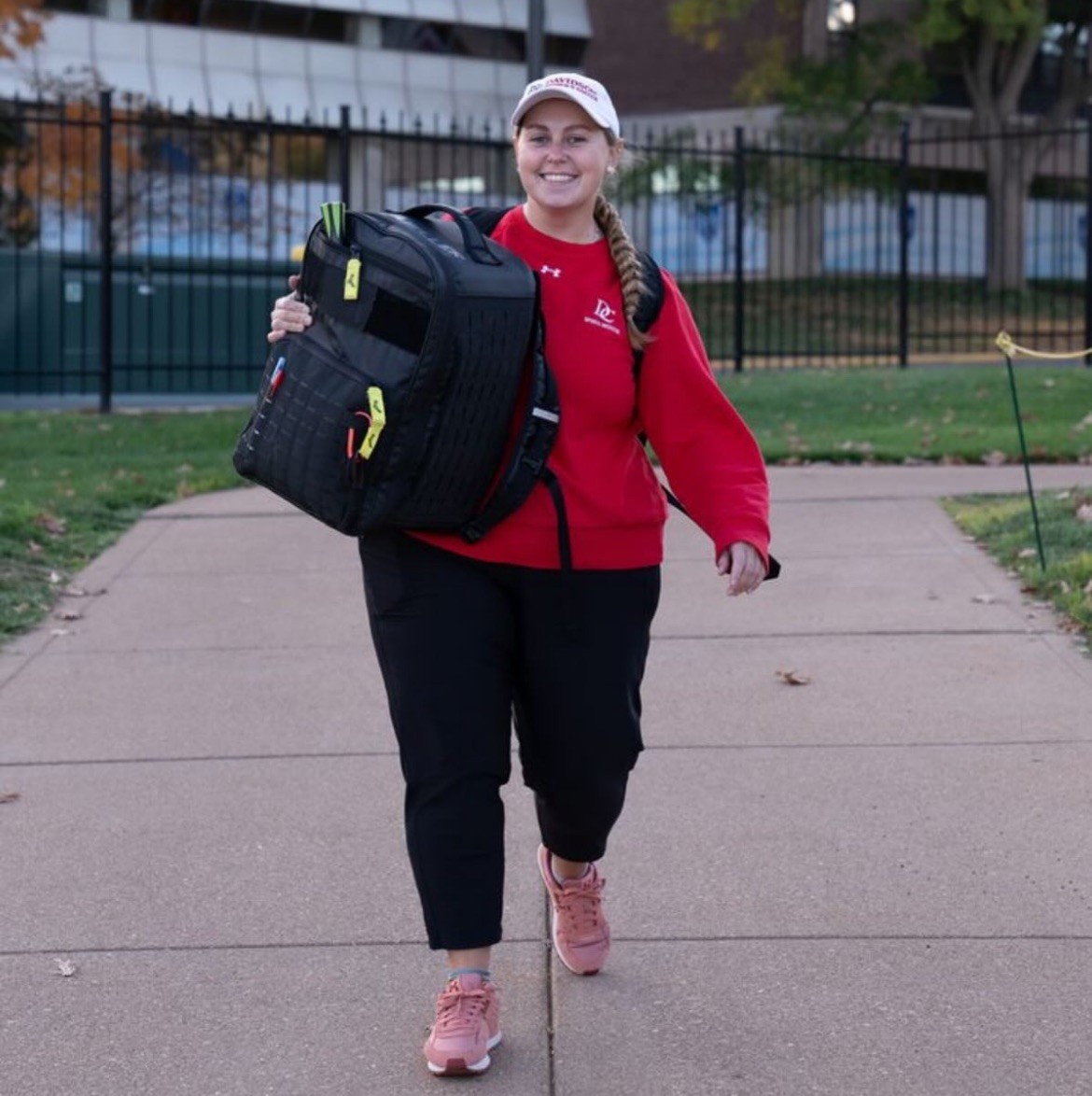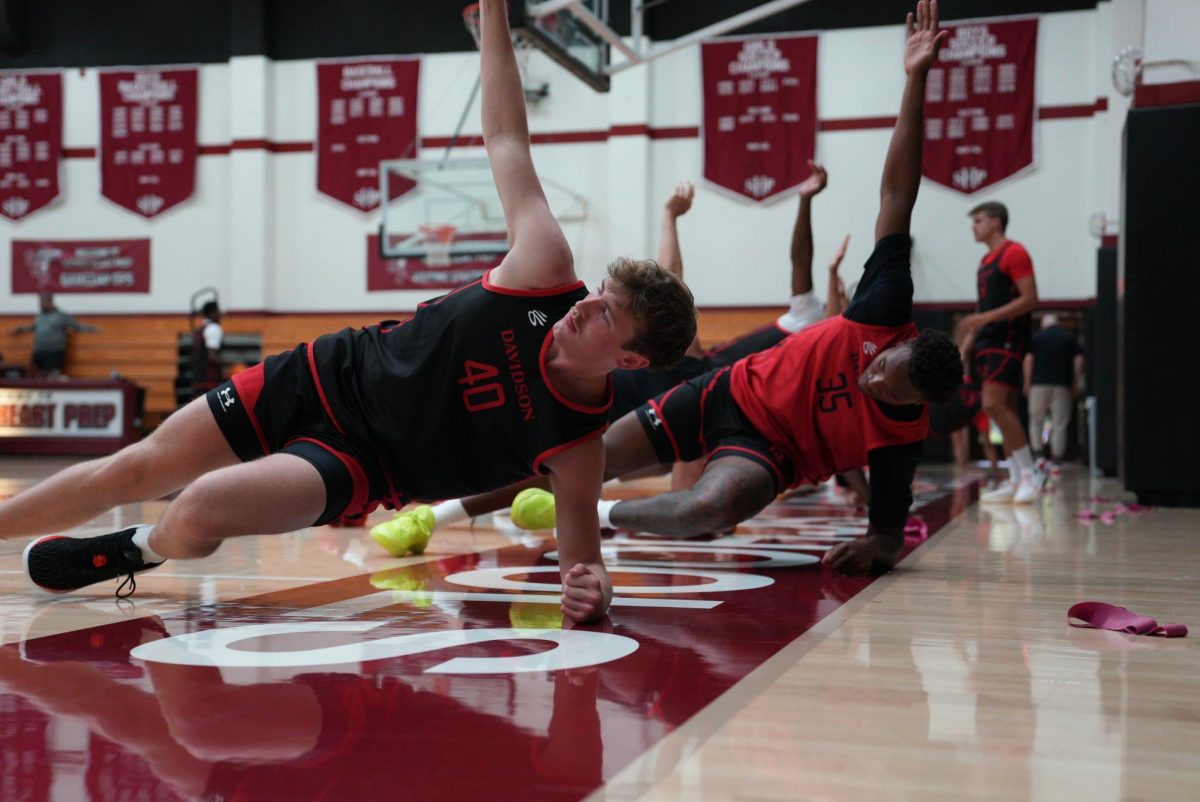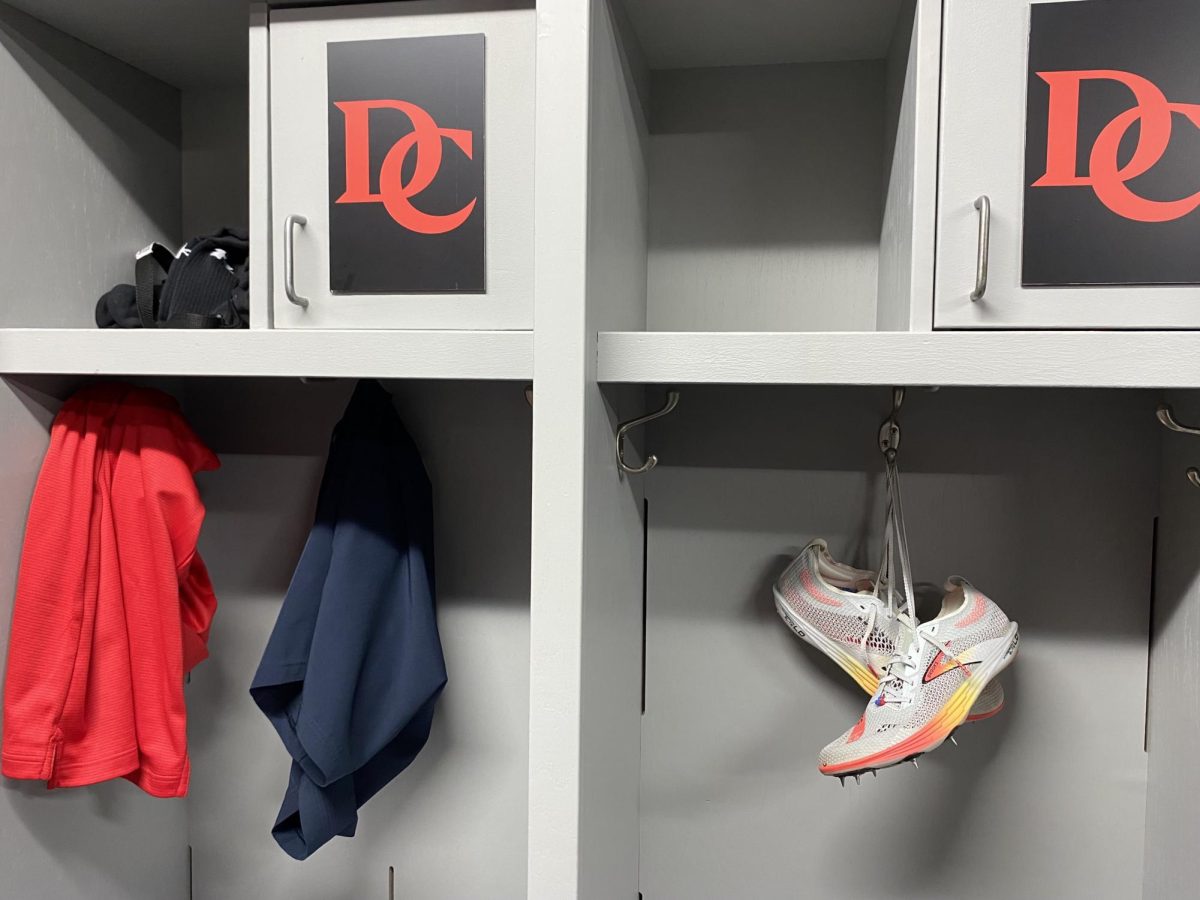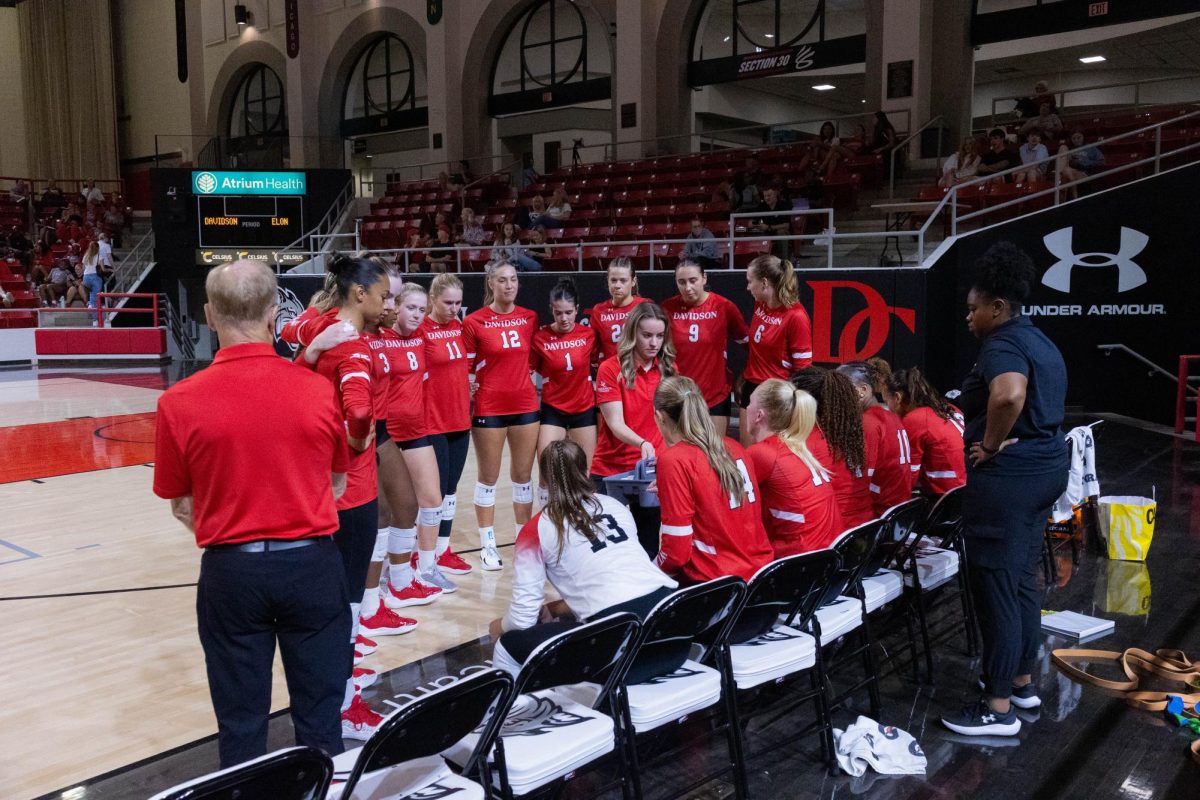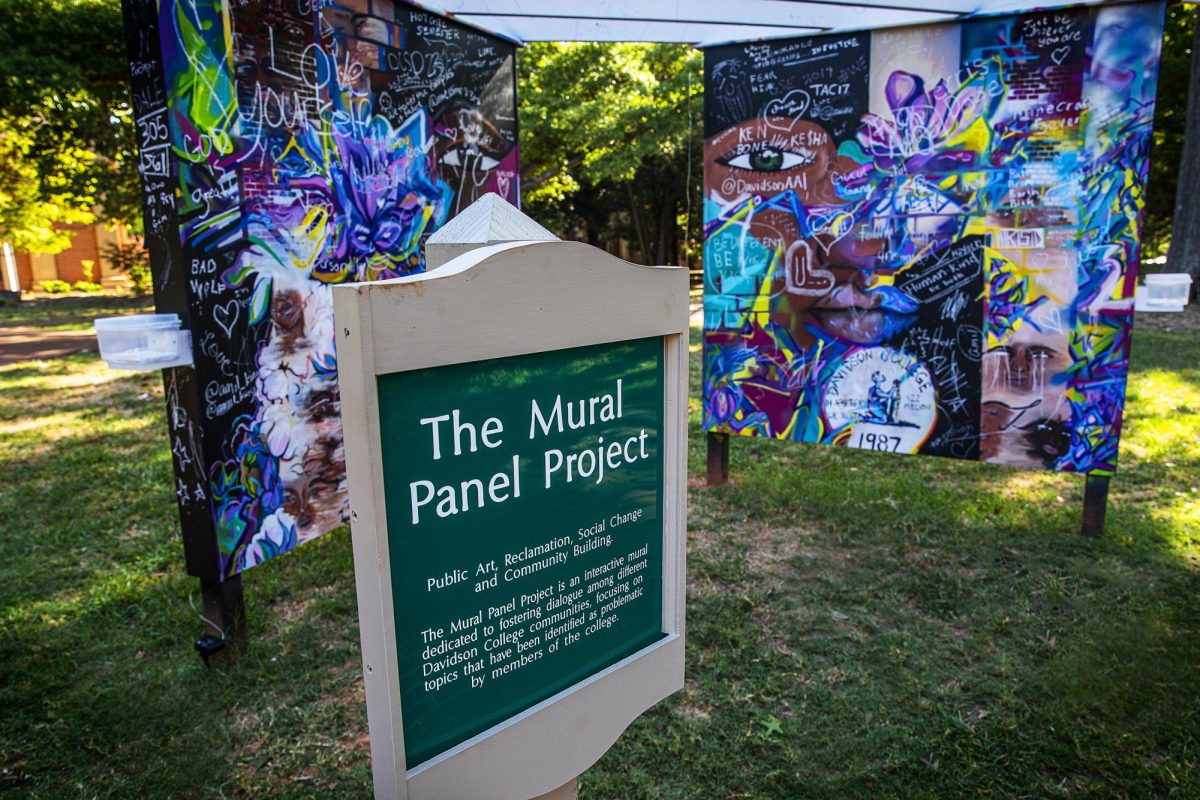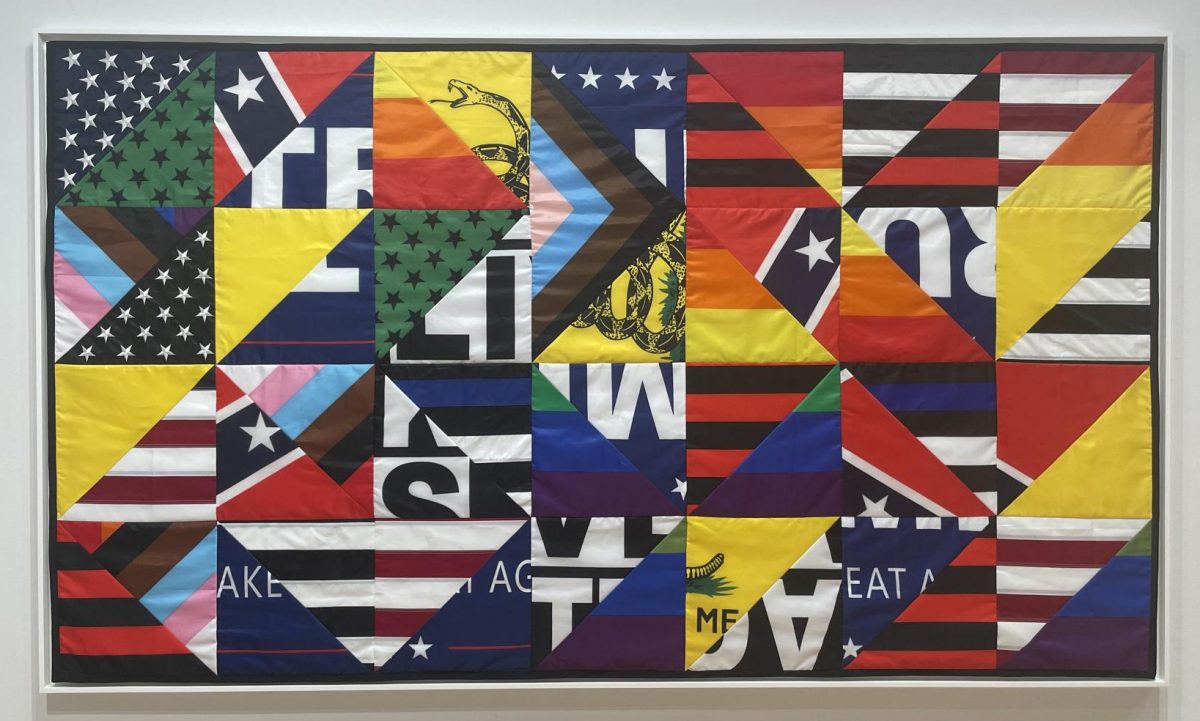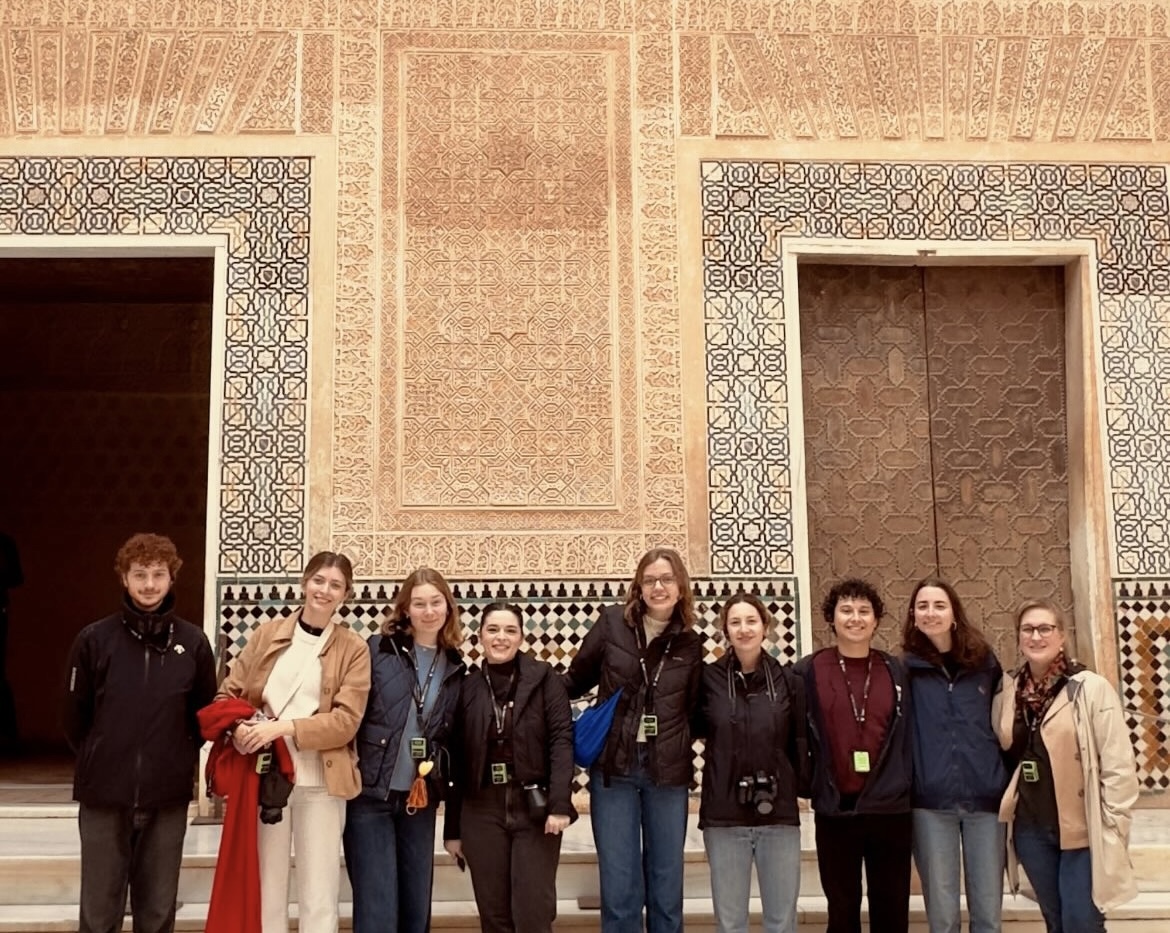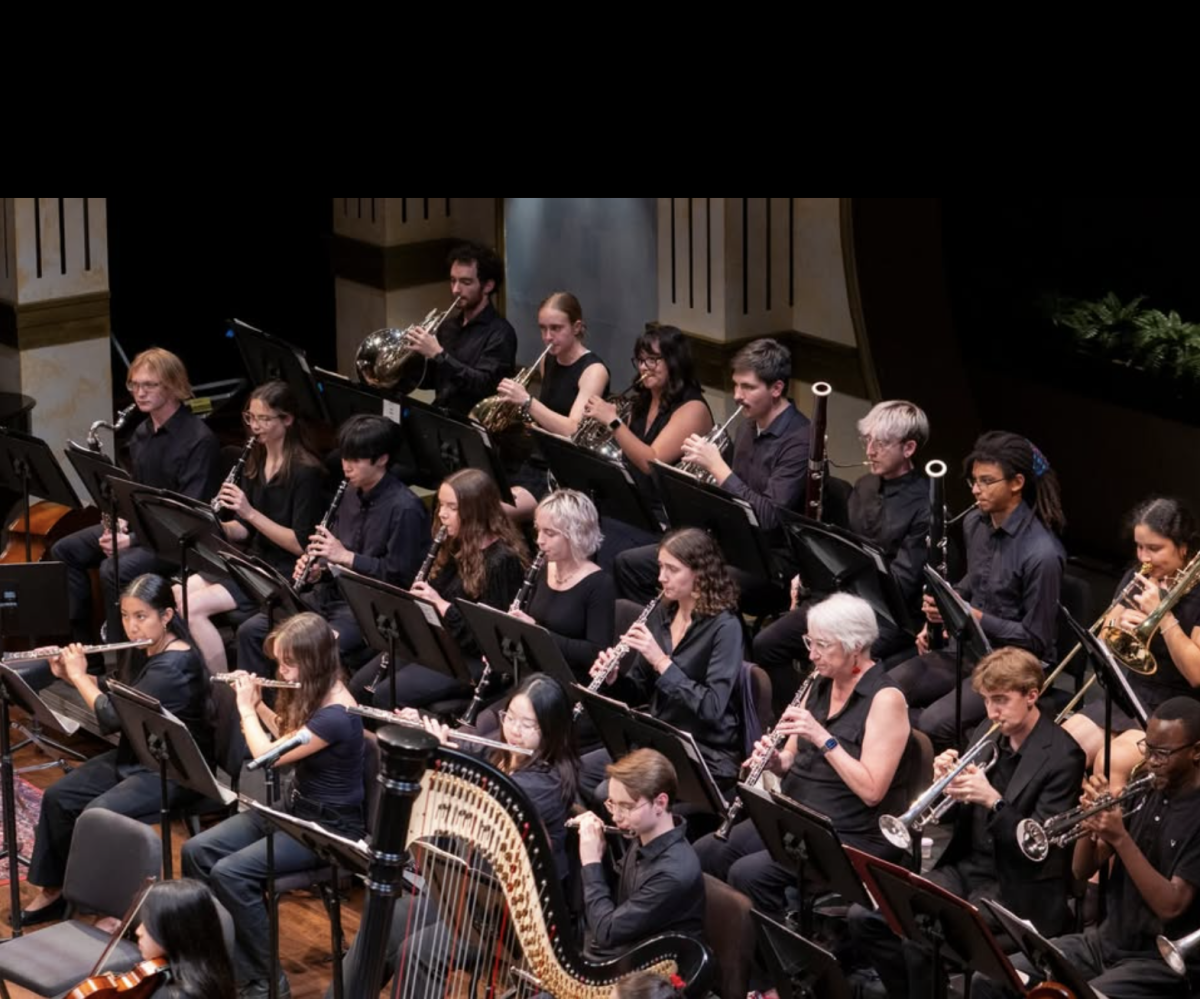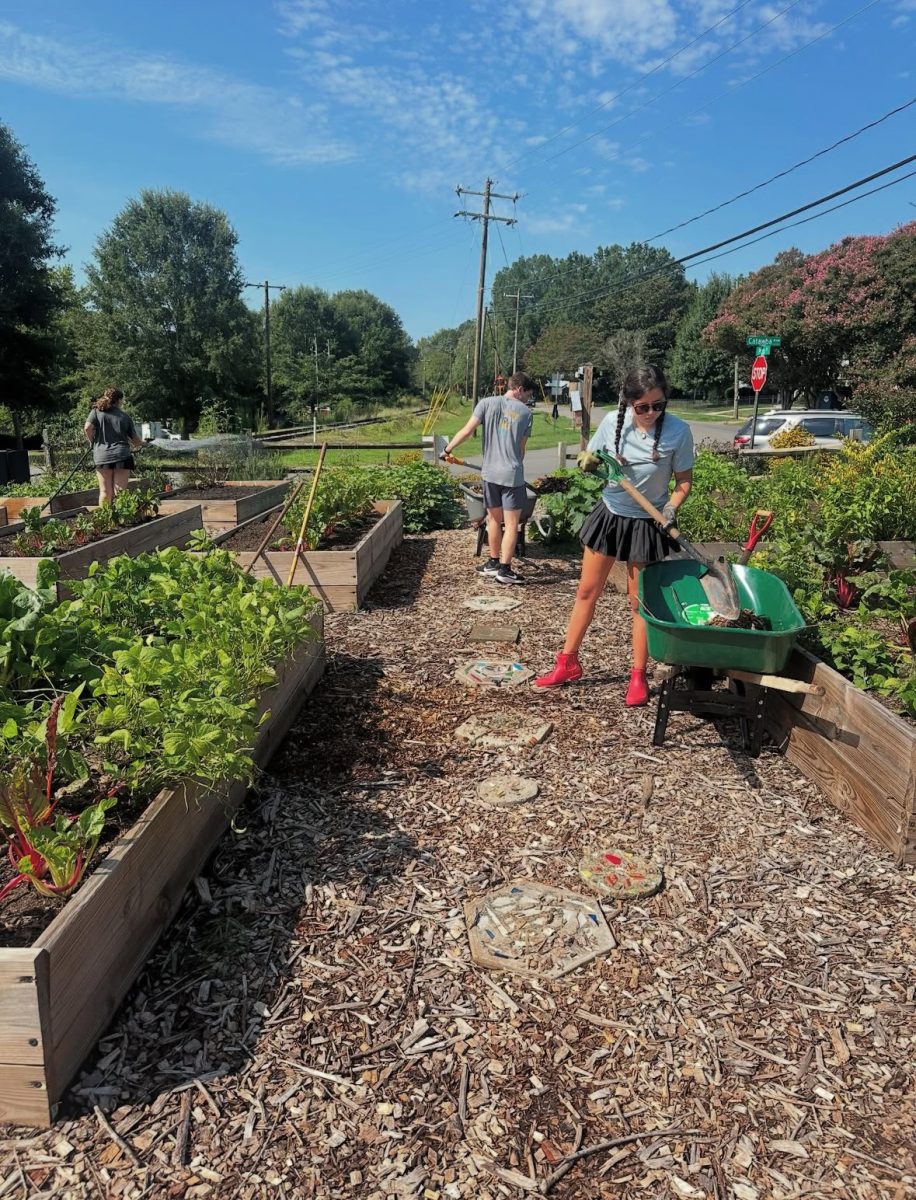As tour guides back through the doors of E.H. Little Library, with swaths of future Wildcats and curious families in tow, their voices carry surprisingly well across the carpeted floors. Gesturing toward the Academic Access and Disability Resources Office (AADR) and the classrooms of the John Crosland Jr. Center for Teaching and Learning (CTL), they paint a picture of a campus deeply invested in student support and success. These stops usually earn nods from tour members and serve as a reminder to current students of the accessible resources available in one of Davidson’s academic and social hubs.
The library is not just a building. It’s a central, steady presence that fosters the hard-working, supportive and collaborative community of Davidson College. The library is a space where you might meet a tutor late in the evening, study with a friend into the early morning or attend a private appointment to discuss and receive accommodations. “34% of the current student population is registered with AADR,” Beth Bleil, director of Academic Access and Disability Resources, said. “These students have utilized our academic coaching services and/or disability resources at some point during their time at Davidson.”
For years, AADR’s proximity to the CTL in the library has helped demedicalized disability while also ensuring academic support and accommodations are an integral part of the Davidson College experience.
As building plans move forward and Davidson prepares to welcome a new library, students, faculty and staff are left with two questions: Where will AADR go during the two years of library renovations and where will it go after construction is complete?
Starting in the fall of 2025, AADR will temporarily relocate to the third floor of the Watson Life Science Building. David Holthouser, the executive director of facilities and engineering, and his team have worked closely with AADR to ensure that this interim space is accessible, inclusive and respectful of student privacy. These efforts represent a meaningful shift from the third floor’s former layout.
But it’s the latter question, regarding the future of AADR after renovations, that has proven more difficult to answer. The newly constructed George Lawrence Abernathy Library will not include AADR offices. According to an email from Lisa Forrest, the Leland M. Park director of the Davidson College Library, this decision was not made by any singular person, but rather by a more general leadership team focused on ensuring that the new library serves as a “collaborative, contextual and flexible learning space rather than a building of offices designed for closed doors.” The phrase “offices designed for closed doors” highlights an important design consideration, but it may not fully reflect the value of AADR’s role. While most conversations with AADR must occur behind closed doors, the Office’s function is vital to providing a flexible learning environment at Davidson.
Nevertheless, let it be abundantly clear that the new library will be more accessible than ever. Thoughtful features like adjustable lighting, tables and chairs of varying heights and rooms designed for different noise preferences reflect the care architects and library leadership poured into this modern design. These changes mark real progress. But for many in the disability community—and anyone who has benefited from AADR’s services—there is a curious tension. Why was AADR removed from a building that is otherwise wildly more accessible?
This question doesn’t have a simple answer. It’s okay that AADR won’t be in the new library—there’s no productive value judgment to make on the decision itself. However, we must be willing to reflect on what it means to remove an essential resource for those with disabilities from such a central campus space. When a space is designated as the “center of intellectual life” and reflects what the College values, the exclusion of AADR—and lack of absolute knowledge of its final location—carries symbolic weight, intended or not.
Fortunately, Davidson is full of insightful, adaptable and caring community members. Student leaders, including members of the Davidson Disability Alliance, are working to support the search for the long-term home of AADR that remains central, visible and accessible. Student Government Association President Connor Hines ‘26 has also voiced his support in his candidate statement, where he noted that AADR’s placement will be a priority during his leadership. Holthouser and his team have even begun testing office fits in the Lilly Family Gallery. These efforts illustrate a broader commitment to transparency, shared responsibility and genuine accessibility at Davidson. Looking ahead to the fall of 2025 and beyond, we will carry both our excitement and questions with us.
With gratitude and excitement,
The Davidson Disability Alliance
This article was written by the Davidson Disability Alliance. For any questions, comments or concerns, reach out to Rui Rui Bleifuss ‘26 and Malia Davis ‘27. Bleifuss is a disability studies major from Minneapolis, Minnesota and can be reached for comment at [email protected]. Davis is a math major from Houston, Texas and can be reached for comment at [email protected].

